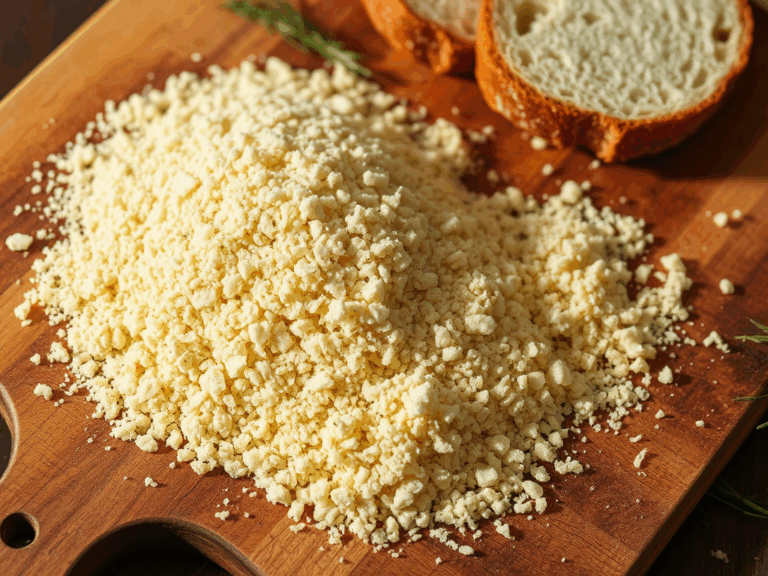Culture Your Way to Creamy Goodness: A Guide on How to Make Homemade Yogurt
Whip up a batch of creamy goodness in the comfort of your own home with our step-by-step guide on how to make homemade yogurt. Perfect for breakfast, snacks, or as an ingredient in your favorite recipes, homemade yogurt has never been easier or more delicious. Give it a try today and experience the ultimate homemade goodness!
Culture Your Way to Creamy Goodness: A Guide on How to Make Homemade Yogurt
Yogurt is a delicious, creamy, and nutritious food that has been enjoyed for centuries. It is a great source of probiotics, protein, and calcium, and can be used in a variety of ways—from smoothies to dips to dressings. Learning how to make homemade yogurt is easy and cost-effective, and allows you to control the ingredients and flavor. In this post, we will explore the benefits of making yogurt at home and provide tips and tricks for achieving the perfect batch.
The Benefits of Making Yogurt at Home
Cost-Effective
Making yogurt at home can be significantly cheaper than buying from the store, especially if you prefer high-quality, organic options. All you need is milk and a starter culture, which can be obtained from a previous batch or purchased from a store. When you know how to make homemade yogurt, you save money and control ingredient quality.
Healthier
Many store-bought yogurts contain added sugars, artificial flavors, and preservatives. Making yogurt at home allows you to avoid those additives and create a healthier product using live cultures like Lactobacillus bulgaricus and Streptococcus thermophilus.
Customizable
When you make your own yogurt, you can experiment with flavors and textures. Add fruit, honey, nuts, or spices. If you prefer thicker Greek-style yogurt, strain it using cheesecloth or a coffee filter.
Tips and Tricks for Making Perfect Yogurt
Start With High-Quality Milk
Use organic, whole milk for best results. Avoid ultra-pasteurized milk, which can negatively affect texture.
Use a Starter Culture
You’ll need a starter culture containing live and active cultures. Use either store-bought yogurt or a small portion from a previous homemade batch.
Control the Temperature
Heat the milk to 180–185°F, then cool it to 110–115°F before adding the culture. Use a food thermometer for accuracy.
Incubate the Yogurt
After adding the culture, incubate the yogurt at 100–110°F for several hours using a yogurt maker or warm oven.
Strain for Thickness
Strain your yogurt if you prefer Greek-style texture. This removes excess whey.
Experiment With Flavors
Once you master how to make homemade yogurt, get creative! Mix in fresh fruit, vanilla, cinnamon, or other flavors.
How to Make Yogurt at Home
Yield: 6 servings
Preparation Time: 10 minutes
Cooking Time: 5 minutes
Ingredients
- 4 cups whole milk
- 3–4 tablespoons plain whole milk yogurt with live and active cultures
Instructions
- Rinse the inside of a heavy-bottomed saucepan with cold water.
- Add milk and heat over medium until it reaches 180–200°F, stirring occasionally.
- Remove from heat and cool until pleasantly warm.
- Pour into a large glass bowl.
- In a separate bowl, mix ½ cup warm milk with yogurt until smooth.
- Stir this mixture into the rest of the milk.
- Cover and place in a warm spot for 6–12 hours until thick and tangy.
- Refrigerate for at least 4 hours before serving.
Reasons to Love Yogurt
Yogurt is made by fermenting milk with live bacteria cultures, resulting in a tangy, creamy food rich in protein, calcium, and probiotics.
Promotes Digestive Health
Probiotics support gut health, aid digestion, and may help treat IBS and IBD.
Boosts Immune System
Rich in calcium and vitamin D, yogurt strengthens bones and supports immune response.
May Lower Risk of Chronic Diseases
Studies link yogurt consumption with lower cholesterol, blood pressure, and risk of diabetes and some cancers.
Improves Weight Management
High in protein and low in calories, yogurt helps promote satiety and may aid weight loss.
Supports Bone Health
A strong source of calcium, yogurt helps prevent osteoporosis and supports bone density.
Final Thoughts
Making yogurt at home is a fun, rewarding, and cost-effective way to enjoy a healthy, tasty treat. With a few simple steps and the right ingredients, you’ll know exactly how to make homemade yogurt to suit your flavor and texture preferences. Use the tips above for perfect results every time.

